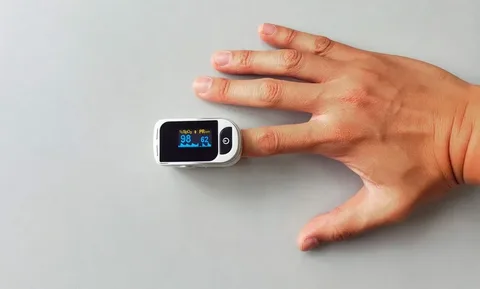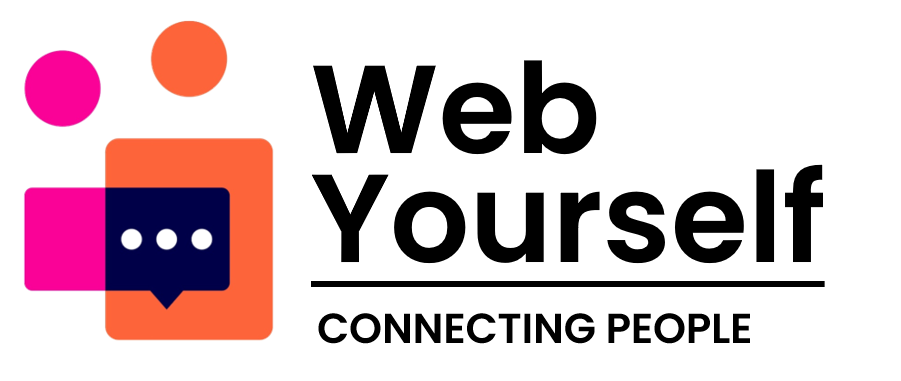Pulse Oximeter Understanding Pulse Oximetry and How it Works

History and Development
The pulse oximeter was invented in Japan in the 1970s by Takuo Aoyagi, a Japanese bioengineer. Early oximeters were large, bulky devices that were mostly confined to hospitals. They worked by shining two different colored lights through a part of the body like a finger or earlobe. This allowed the device to calculate the oxygen saturation level in the blood through color change analysis. Gradually, pulse oximetry technology advanced to become smaller, more portable devices. In the 1980s, pulse oximeters became standard issue medical equipment used by paramedics and emergency medical technicians. Advancements continued improving accuracy and mobility. Today, small, inexpensive personal pulse oximeters are widely available for consumer use.
How it Works
A modern Pulse Oximeter is a small, non-invasive clip-like device that fits on a finger, toe or earlobe. It uses light-based photoplethysmography (PPG) technology to determine the oxygen saturation level (SpO2) in the blood. Inside are two LED light sources - one red and one infrared. When the LEDs shine through a part of the body, an optical sensor on the other side detects the amount of each color absorbed and reflected by the blood vessels below the skin. Oxygenated hemoglobin absorbs light differently than deoxygenated hemoglobin. By comparing the amounts of absorbed and reflected red and infrared light, the pulse oximeter can calculate the oxygen saturation percentage. At the same time, it also detects changes in blood volume with each heartbeat, allowing it to measure and display the pulse rate.
Today, pulse oximetry continues evolving through ongoing research and development. Technologies integrating multiple wavelength capabilities aim to improve accuracy, especially in situations challenging for conventional two-wavelength devices. Software advancements apply advanced signal processing techniques to filter out motion artifacts more effectively. Small, wireless pulse oximeter sensors allow continuous all-day wearable monitoring and integration with mobile health platforms. Combined pulse oximetry and capnography technologies provide dual vital sign data invaluable in various clinical settings like emergency transport. Emerging non-contact pulse oximetry techniques eliminate the need for finger probes by measuring parameters remotely through cameras. Overall, pulse oximetry stands out as a pivotal patient monitoring innovation that transformed medical care delivery and saved countless lives through its simple yet impactful physiological measuring capability. The future remains promising as the field innovates to overcome limitations and expands enabling new care models.
Get more insights on Pulse Oximeter
- Art
- Causes
- Crafts
- Dance
- Drinks
- Film
- Fitness
- Food
- Juegos
- Gardening
- Health
- Home
- Literature
- Music
- Networking
- Other
- Party
- Religion
- Shopping
- Sports
- Theater
- Wellness
- IT, Cloud, Software and Technology


